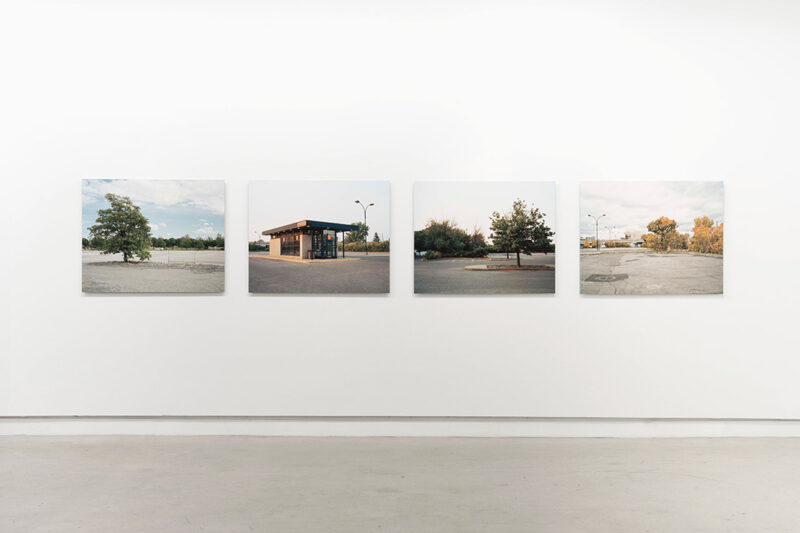[Fall 2023]
By Sophie Bertrand
[Excerpt]
Occurrence, espace d’art et d’essai contemporains, Montréal
20.01.2023 — 11.03.2023
Once upon a time, there was Goose Village – also called Village-aux-Oies or Victoriatown – a working-class district in Montreal, adjacent to the port on one side and the Canadian National Railway train yards on the other. This enclave in the southwest part of the city was home to burgeoning industrial activity from the mid-nineteenth century until it was demolished in 1964. First, in 1847, a quarantine camp was set up for the thousands of Irish immigrants suffering from typhus. Then, makeshift housing was built for the immigrant labourers erecting the Victoria Bridge. The temporary buildings were gradually transformed into permanent housing, which was expanded to form an area encompassing seven streets. European immigrants who had fled the Second World war or were seeking a North American El Dorado could set down their suitcases there. With its majority Italian population, Goose Village made it possible for new arrivals to make a home in their adopted city and be in contact with other members of a diaspora in order to dissipate the sense of being culturally uprooted. Around 1950, a Calabrian family settled in the welfcoming neighbourhood. The story of this area, which was stricken from Montreal maps, is told in the exhibition by the Montreal photographer Marisa Portolese, a daughter of that immigrant family…
[ Complete issue, in print and digital version, available here: Ciel variable 124 – SEEING THROUGH IMAGES ]
[ Complete article, in digital version, available here: Goose Village, Marisa Portolese — Sophie Bertrand ]

